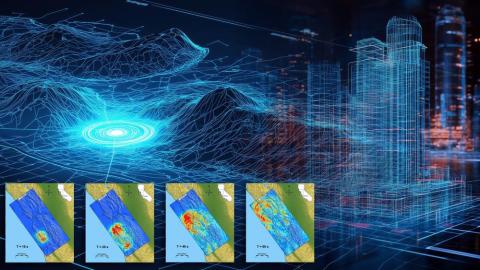Sustainability

I had a great conversation with a friend of mine. He was bemoaning the fact that his company was almost completely dependent on one huge customer. He saw the inherent risks in that relationship but confessed that his organization had a bad habit it couldn’t kick. It had succumbed to the…

Growing up in Pittsfield, Massachusetts, I witnessed firsthand the heartbeat of American manufacturing. I remember the hum of machines, the rhythm of assembly lines, and the pride of workers crafting products that powered industries across the nation. I can still smell the oil and hear the…

I grew up outside Pittsburgh, widely known as “Steel City.” Although the city is no longer the center of steel or heavy manufacturing in America, its past remains a proud part of its identity.
Like many Pittsburghers, my family’s story is tied to this industrial legacy. My…

It’s called “work” for a reason. Most days we’re able to “work” through it and find enjoyment in what we do. But occasionally we’re faced with a grind that saps our strength and threatens to derail us. Fortunately, there are simple techniques for working through that grind.
I love…

Promoting a “flat hierarchy” with fewer layers of managers might sound modern and progressive. It promises agility, equality, and empowerment. Yet, a new study co-authored by Wharton management professor Saerom (Ronnie) Lee suggests that while flat organizations may appeal to some candidates,…

Simulations still can’t predict precisely when an earthquake will happen. Still, with the incredible processing power of modern exascale supercomputers, they can now predict how they will happen and how much damage they will likely cause.
Imagine a colossal earthquake strikes…
